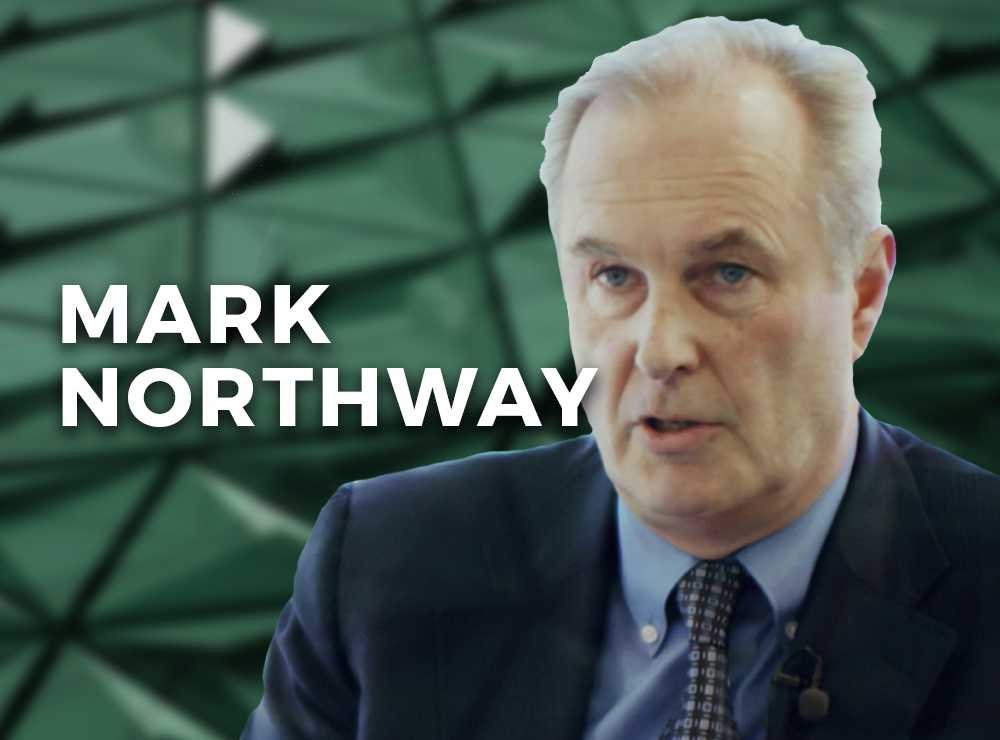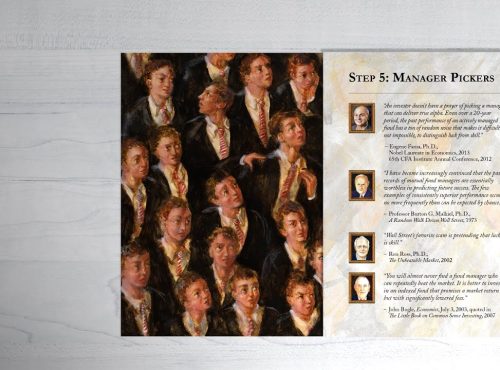
The global financial crisis was such a major event — and still so relatively recent — that there’s a tendency to view every new crisis through that particular lens. But, says MARK NORTHWAY, this preoccupation with 2008-9 can be misleading. One example, he says, is the current US banking crisis, which he believes has far more in common with the Savings and Loan crisis of 1986-1995 than with the GFC. As a result, he says, many financial professionals are completely misreading the true situation.
With the collapse of First Republic, the third US bank to fail in roughly two months, investors and regulators are fixated on the 2008/09 crisis and are crafting their response to the current troubles through that lens.
But this emerging crisis isn’t rhyming with the preceding line; it’s rhyming with the one before that: The Savings and Loan (S&L) crisis of the 1980s and 1990s.
The market is downplaying the significance of the collapse of Silicon Valley Bank (SVB), Signature, and First Republic.
SVB was the 16th largest bank in the US, and its collapse was the second largest in US history, behind Washington Mutual in 2008.
Experts are assessing the current crisis in line with the credit issues that bedevilled financial institutions in the Global Financial Crisis (GFC), and are correctly concluding that the credit quality of bank balance sheets is strong.
Repositioning in the face of rate rises
But banks are not caught is a credit crisis; rather, they appear to be facing the problems of repositioning in the face of rapid interest rate rises necessary to tackle inflation.
Exactly this issue caused a third of US Savings and Loan Associations (S&Ls) to close between 1986 and 1995. Hikes in interest rates left S&Ls borrowing at rates higher than the earnings on their customer loan book.
Traditionally, rising rates are positive for banks, but back then, and again now, the speed and size of rate rises didn’t allow banks the time to suitably reposition themselves.
The collapsed institutions and their regulators have failed to carry out the most basic scenario analysis to model how their business would function in a period of interest rate normalisation.
Assets and liabilities both affected
Rising rates have impacted both sides of the balance sheet. On the asset side, high quality fixed rate government bond portfolios have fallen in value while, on the liability side, traditionally high quality deposits have proven to be ephemeral.
Digital banking is a two-edged sword. It makes it faster and easier to place money with a bank, but it also makes it quicker to move it back out. Bank runs in the 1980s and 1990s involved physical queues and happened over days and weeks. In today’s constantly connected world, it takes minutes or hours.
Indeed, in just one week in March, US savers put a net $120 billion into money market funds, the largest such inflow since June 2020, much of which will have come directly from bank deposits.
Early estimates of unrealised US banking losses stood at $620 billion in early March when SVB entered hot water. More recent estimates put losses at a far higher $1.7 trillion, which exceeds the aggregate regulatory capital of the sector.
Such figures suggest that this is not idiosyncratic risk — the result of poor decisions relevant only to the institutions that have publicly failed. Rather, it suggests that the US banking system is running on empty.
Today’s high-yield environment is new to many
Most of today’s investors have not experienced a high-yield environment, and so don’t know how to operate in one, or how to transition from the past decade’s rock-bottom rate landscape.
Combined with the optimistic groupthink that this is not a crisis, and the naive hope that central bankers will save the world again, the horizon looks a bit stormy to say the least.
At the same time, the effect of interest rate rises is not limited to the financial sector. Rate rises have a real-world application that severely curtails household spending and curbs business expansion as the cost of capital increases. The knock-on effects in terms of both valuation and economic activity come later, and have yet to be fully felt.
Market participants don’t seem to be aware of the tectonic plates moving underneath them. Mark Twain suggested that history doesn’t repeat itself, but it rhymes; but we’re missing the point that the current issues don’t rhyme with the GFC, they rhyme with the S&L crisis instead.
MARK NORTHWAY is Investment Manager at Sparrows Capital. Based in London, Sparrows is a pioneer of capped-fee evidence-based model portfolios for financial advisers and is a strategic partner of TEBI in the UK.
PREVIOUSLY ON TEBI
Four ways to ease the burden on your family when you die
Getting started: How do I invest tax efficiently?
Why is the gender pensions gap so wide?
THE TEBI YOUTUBE CHANNEL
Have you visited the TEBI YouTube channel lately? There’s already a wide selection of high-quality videos on there, and we’re going to be adding many more over the coming weeks and months. Why not subscribe so you don’t miss out?
© The Evidence-Based Investor MMXXIII









